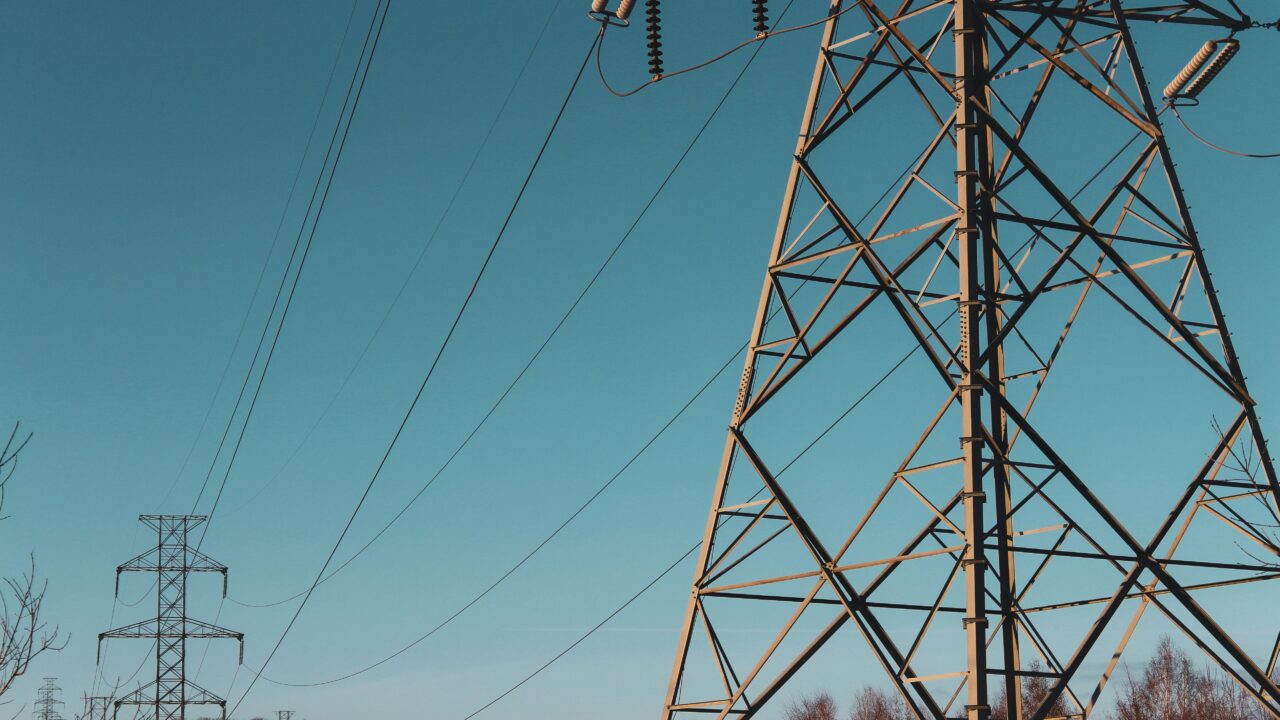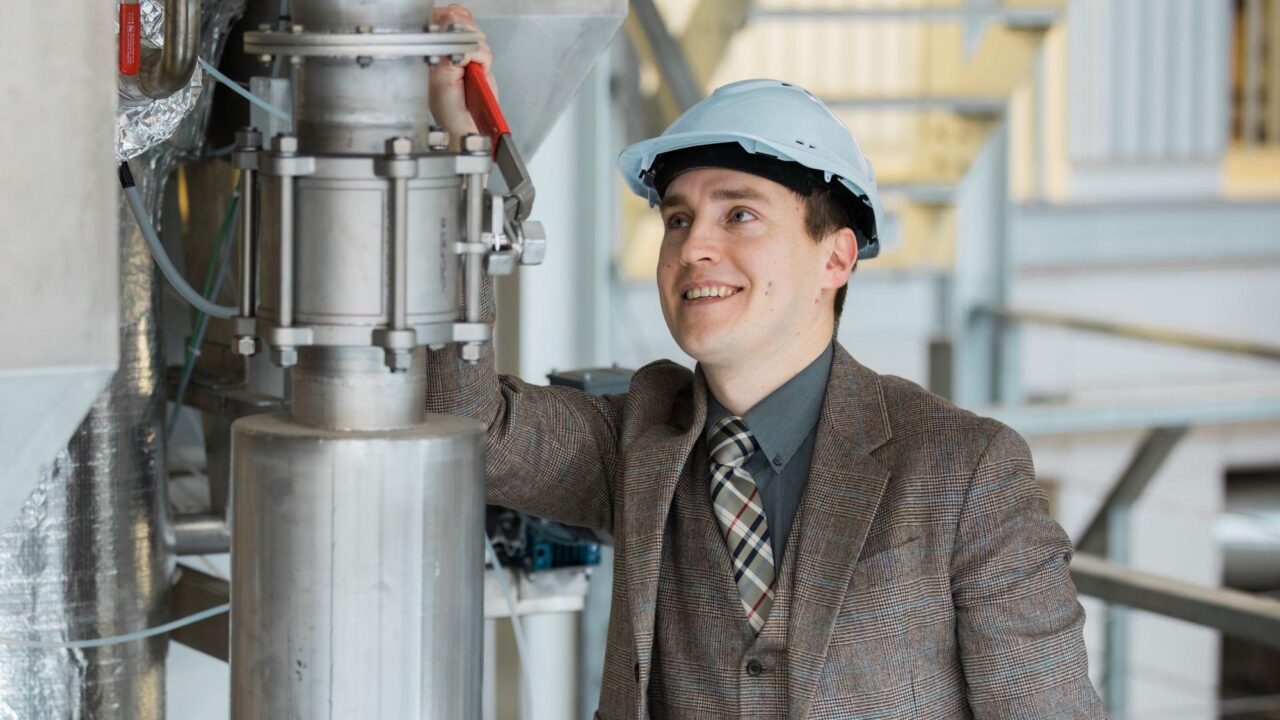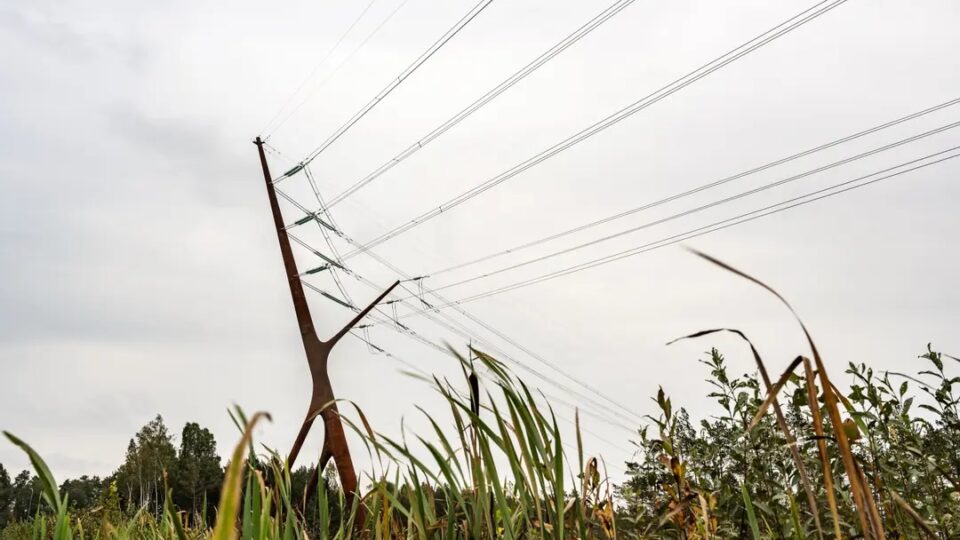By the end of this year, Estonia must have a new energy development plan up to 2035, which will guide the country’s energy production and consumption for decades. At the same time, concerns are growing: is the green transition moving too quickly? Are the decisions well thought out and beneficial, or are they driven by a desire to appear progressive, disregarding consumers? Director of TalTech’s Department of Energy Technology, Professor Alar Konist, believes that Estonia should take a step back and ask whether the system being created is reliable, affordable, and independent. His message is clear – slow down and think.
Fossil fuels gone, but at what cost?
Konist emphasizes that the energy system cannot be designed solely based on production methods like wind or solar power. To ensure that energy is available to consumers, a comprehensive solution is needed – including storage options, control capacities, and a functioning grid. If these aspects are not considered, the price may seem low, but in reality, we will pay much more later through system charges. “We cannot only look at the cost of electricity produced by a wind farm. We also need to consider how much it costs to make that electricity usable every day – from storage to strengthening the grid,” Konist explained.
Internationally, a model is used that takes into account the entire system’s cost, not just the production price. According to Konist, Estonia’s strategy should also be based on such an approach – only then can we compare the actual impact of different energy sources on consumers and society.
In recent years, Estonia has tried to lead the green transition, setting an example for others. Konist sees this attitude as risky. In his view, it would make much more sense to first look at what solutions work in large, capable countries, and then adopt the best of them in Estonia. “If Germany plans to phase out coal only by 2038, it doesn’t make sense for us to close all fossil fuel sources ten years earlier. Why set goals that are tougher than those of larger economies?” he asked.
“If Germany plans to phase out coal only by 2038, it doesn’t make sense for us to close all fossil fuel sources ten years earlier. Why set goals that are tougher than those of larger economies?”
Konist stresses that, as a small country, Estonia should not take on the role of a pioneer in energy policy. “We don’t need to run big experiments while others are still testing. Our main goal must be a functioning and reliable system that ensures energy availability even in challenging conditions – for example, when connections are disrupted.”
According to him, this does not mean abandoning the green transition, but rather adopting a pace that allows for informed decision-making and risk management. If the cost of energy becomes too high or the system does not work as expected, it will be Estonian people and businesses who suffer, not international reputation.

Professor Alar Konist emphasizes that simply producing renewable energy does not ensure reliability – a comprehensive system with a functioning grid and management capabilities is essential. | Photo: Unsplash
The role of oil shale is changing, but it won’t disappear
Oil shale is often spoken of as an energy source whose time has passed. However, Konist disagrees. According to him, there is no other local energy source that can provide controllable production on the scale that Estonia requires. Even more importantly – this can be done in an environmentally acceptable way.
He refers to studies suggesting that it is possible to use oil shale along with carbon capture, which would reduce CO₂ emissions to under 150 grams per kilowatt-hour. If part of the fuel is biomass, the result could even be negative: “In this case, we would be capturing more carbon than we emit – this would be the only technology that allows Estonia to achieve negative emissions per energy unit.”
Furthermore, it is possible to convert oil shale plants to use ammonia, which can be produced from green hydrogen. “As the green transition progresses, old plants do not need to be shut down. They can be adapted to new fuels,” he explains. This means that while oil shale may not be a permanent solution, it can ensure stability during the transition period – until new technologies and systems can truly provide reliability.
Green transition circling back from Moscow?
Konist draws attention to the fact that the European Union has built its green policy on the hope that renewable energy technologies are easily accessible and reliable. In reality, most of the production of wind turbines and solar panels is linked to China. “Our independence diminishes when European technology requires resources from outside Europe,” he noted.
“Our independence diminishes when European technology requires resources from outside Europe.”
The situation is even more complicated with gas. Although the import of Russian pipeline gas has been officially halted, it now enters the European market via a detour – as liquefied natural gas (LNG). Konist pointed out that more than half of the LNG imported into the EU in 2024 came from Russia.
There are also ways to bypass sanctions on Russian oil. “Its import is under sanctions, but interestingly, India has become a major exporter. Who, surprise surprise, buys it from Russia. This calls into question the entire narrative of energy independence.” According to him, Estonia should not build its system on imported fuels, especially when their true origin does not align with our values.

Estonia's ambition to be at the forefront of the green transition could, according to Konist, become a risk if the implementation of wind and solar energy does not account for storage possibilities and system costs. | Photo: Natalia Blauth/Unsplash
Scientists talk, politicians decide
In Konist’s view, the influence of scientists on policy is limited. A market-based energy system means that business interests have the greatest impact. Scientists can participate in discussions, but the final decisions are made differently – often based on election promises or ideological stances.
However, he sees an opportunity to change the role of state-owned enterprises. For example, he asks whether Elering’s goal should be to make a profit or to ensure an optimal energy system for Estonian consumers. He also criticizes the practice where the state builds its own system services, such as reserve plants or frequency stabilizers, instead of outsourcing these services from the market. “Competition would lower prices, help local producers receive fair compensation for the system services they offer, and create a more transparent system.”
Konist emphasizes that his goal is not to criticize the green transition, but to implement it more intelligently and sustainably. According to him, big goals are necessary, but they must be tied to a functional system and the actual situation – from geopolitics to economics. “No rush – this proverb applies to energy policy more than anywhere else,” he said. If we want sustainable, reasonably priced, and independent energy supply in Estonia, policy must be based primarily on knowledge, not wishful thinking.
“No rush – this proverb applies to energy policy more than anywhere else.”




